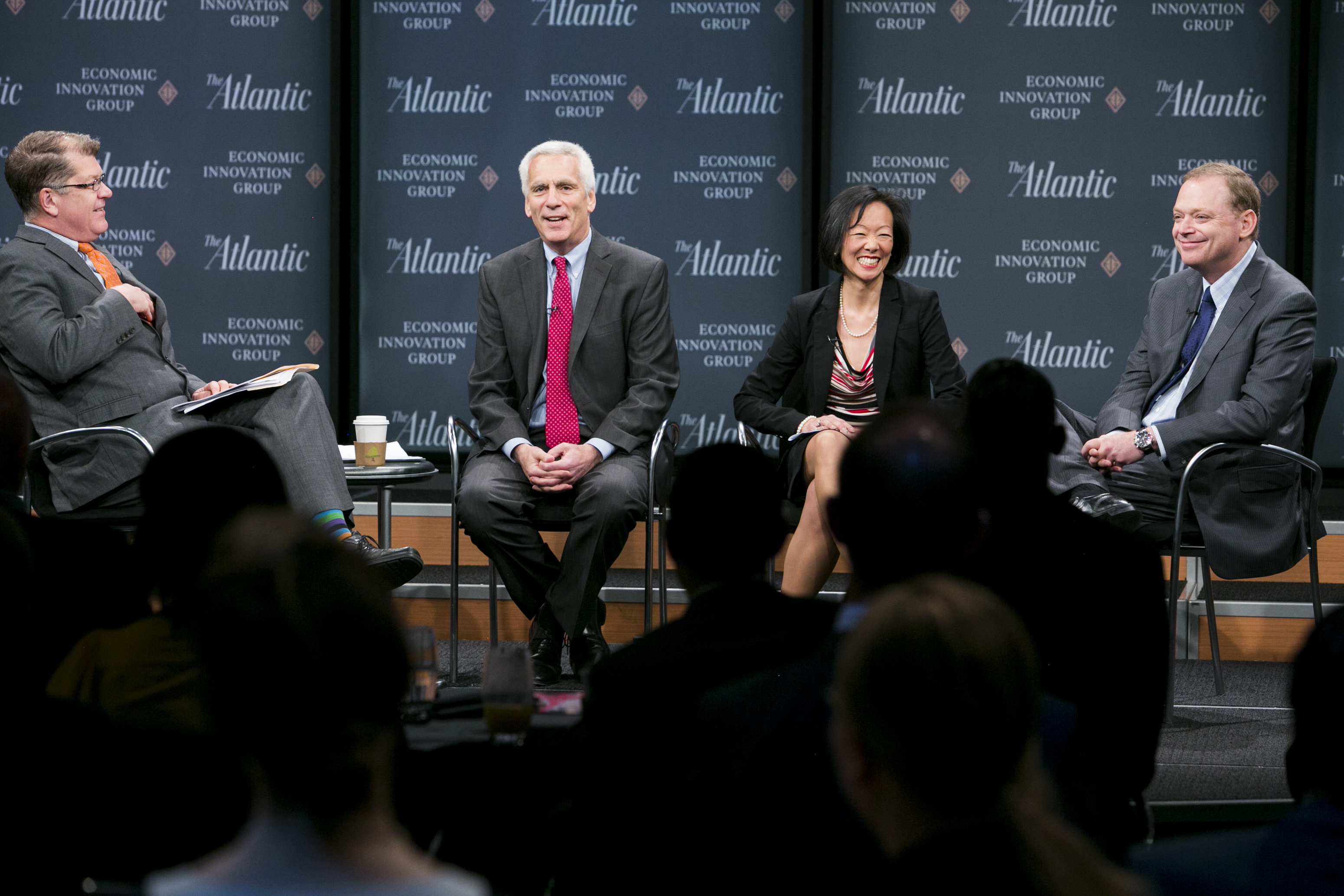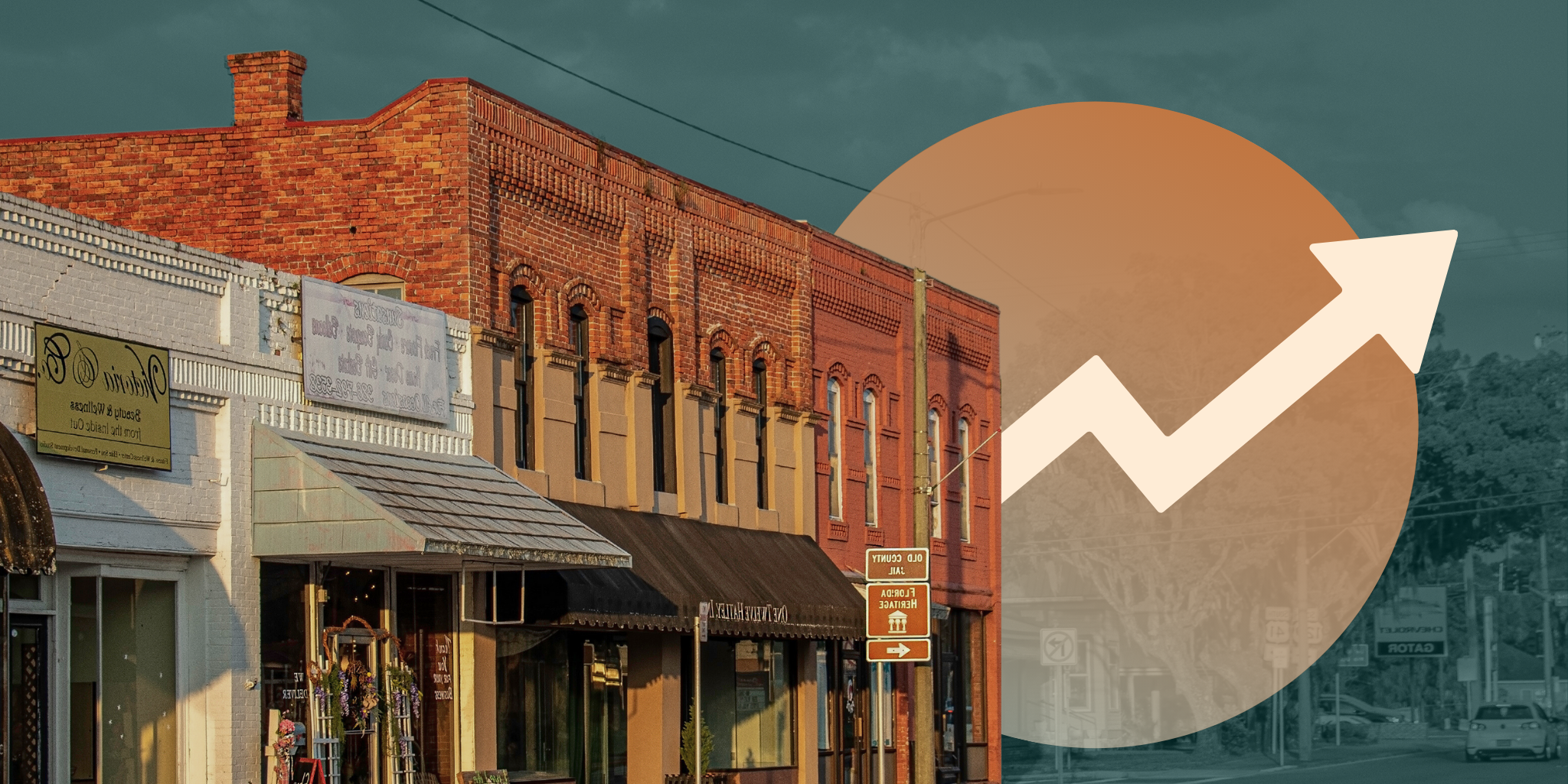
History of Opportunity Zones
Opportunity Zones were conceived in the midst of a deeply uneven recovery that followed the Great Recession and designed to help meet the needs of communities traditionally deprived of investment dollars. The incentive is structured in a way that encourages investors to redeploy capital gains from successful investments into new, long-term investments in the kinds of struggling communities that they would normally overlook.
The concept of Opportunity Zones was originally outlined in a 2015 paper, “Unlocking Private Capital to Facilitate Economic Growth in Distressed Areas,” co-authored by a bipartisan pair of economists, Kevin Hassett and Jared Bernstein. The policy as we know it today is based on the bipartisan Investing in Opportunity Act, which was championed by Senators Tim Scott (R-SC) and Cory Booker (D-NJ) and Representatives Pat Tiberi (R-OH) and Ron Kind (D-WI), who led a regionally and politically diverse coalition of nearly 100 congressional cosponsors in the House and Senate. The bill was first introduced in 2016 in the 114th Congress and reintroduced in 2017 in the 115th Congress.
After the policy was enacted in 2017 as part of the Tax Cuts and Jobs Act, governors formally nominated Opportunity Zones in their respective states and territories. The Treasury Department certified the national map of Opportunity Zones designations in June 2018, and the IRS promulgated final regulations governing the use of the incentives in December 2019.
What are Opportunity Zones
Opportunity Zones are low-income census tracts nominated by governors and certified by the U.S. Department of the Treasury into which investors can now make qualifying investments into new projects and enterprises in exchange for certain federal capital gains tax reductions. There are over 8,700 Opportunity Zones in every state and territory. At the time of designation, 97.4 percent of these communities qualified for OZ status according to the Treasury Department’s “low-income community” (LIC) standard, while 2.6 percent qualified under the law’s provision allowing tracts adjacent to an LIC to receive designation under certain circumstances. Fully 71 percent of Opportunity Zones communities met Treasury’s “severely distressed” definition.
What are Opportunity Funds
A Qualified Opportunity Fund (QOF) is any private investment vehicle organized as a corporation or partnership with the specific purpose of investing in Opportunity Zones. All qualifying investments must be made through QOFs in order to be eligible for the tax incentive. QOFs must register with the Internal Revenue Service and invest at least 90 percent of their capital in qualifying investments inside Opportunity Zones communities.
How does it work?
U.S. investors currently hold trillions of dollars in unrealized capital gains in stocks and mutual funds alone— a significant untapped resource for economic development. Opportunity Zones offer investors three specific incentives for cashing out of these investments and putting their capital gains to work supporting the economic development of low-income communities.
- The taxes due on any capital gains placed into an Opportunity Fund may be deferred until December 31, 2026.
- Investors who keep their money in an Opportunity Fund for five years receive a 10 percent step-up in basis on that original investment and an additional 5 percent after seven years.
- Investors who hold their investments in Opportunity Zones for at least 10 years face no capital gains taxes on the new investments when they sell them.
For a thorough overview and analysis of the benefits of Opportunity Zones investment, see EIG’s Opportunity Zones Fact Sheet.
These places encompass 11 percent of the country’s white population but 35 percent of its Black and 37 percent of its Native populations.







